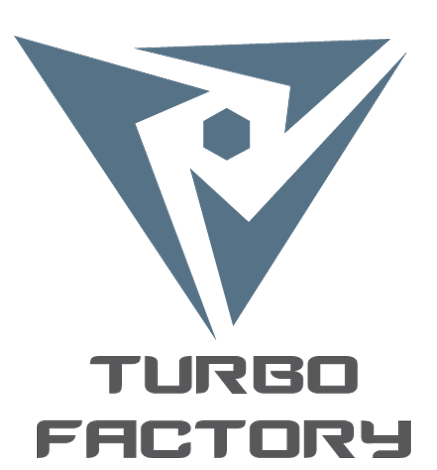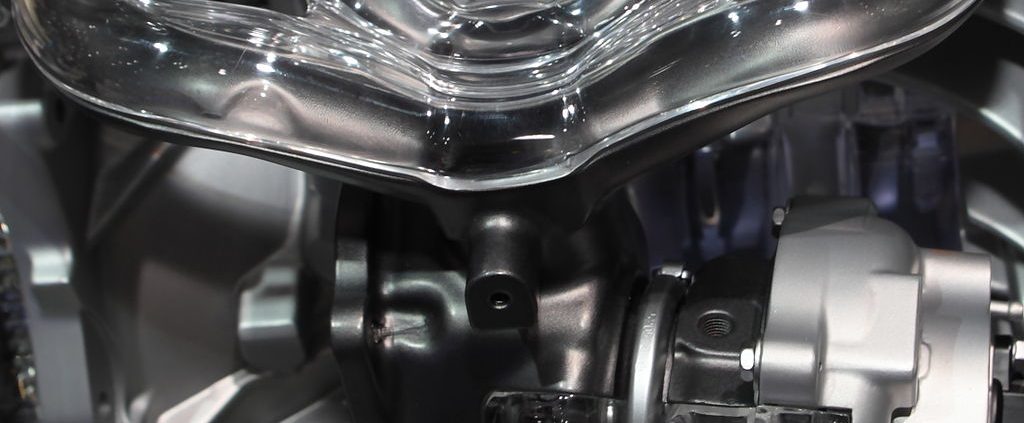TURBOCHARGER TECHNOLOGY
TURBOCHARGING: compressed air supply in the inlet manifold – it is the most effective way of increasing engine power. As of the energy which is of simple engine emissions, exhausts through the exhaust system which is used to rotate the turbocharger and the fuel consumption. Compared to the same volume as of a simple engine which is reduced, for smaller displacement and less friction and heat loss.
TURBOCHARGER OPERATION PRINCIPLES:
The exhaust gases are removed from the combustion chamber through the exhaust valves, with its great strength within the exhaust manifold, which is mounted to the turbocharger. Once a higher pressure inlet hot air passes into the combustion chamber. The exhaust gas spins the turbine rotor ( mpeller).
On the other part of the shaft attached to the compressor impeller, which is driven by exhaust gas power. This compresses the air impeller gyrating from the environment. This air compressor falls directly into the intake manifold or the cooled compressed air cooler (intercooler – Eng). The lower inlet air temperature and higher density reduces the combustion temperature, formation of nitrogen oxides and detonation soot emissions diesels and fuel consumption on a comparable basis .
If fuel, compressed and cooled air mixture come together all the required parameters – the engine is flawless and engine power speeds increase significantly.
TUROCHARGER TECHNOLOGY ADVANTAGES:
Due to the unique technology of the turbocharged engine mass (kg/kW), significantly lower compared to the normal engine. Accordingly, the turbocharged engine dimensions smaller than the average power of the same engine.
The charge turbocharged engine torque characteristics are also favorable. Due to the high torque falling growth speed and maximum power output remains at a speed of less than nominal. When driving in a mountainous area at lower gears, the car does not lose speed.
Turbocharged engine is quieter than regular. The turbocharger is an additional silencer. Turbo diesel engines can handle higher excess air ratio. Today engine are designed on a cost-effective and low-polluting basis.
Turbocharged engines are used wherever necessary to fuel economy. The bigger the engine, the more relevant low fuel consumption. Trucks, locomotives, ships, stationar, industrial engines, virtually all have a turbocharger installed.
Modern turbo diesel engines for passenger cars petrol reduce power, and in some cases outperforms them, have better torque characteristics, low emissions of pollutants and consumes considerably less fuel. Carbon dioxide (CO2) emissions compared with the same power, gasoline is about 25% less CO, CH emissions – like gasoline with 3 way catalytic neutralizer.
Another 15% fuel savings and corresponding CO2 emissions reductions are expeced to be used through a direct -injection diesel engine with supercharger and aircooler. In practice, it is the fuel consumption of 2 to 5 liters/100km, depending on the vehicle’s weight.
TURBOCHARGER LIMITATIONS OF PERFORMANCE:
The main disadvantages of the turbocharged engine – the turbo delayed reaction to the throttle -click ( “turbo hole”), the inertia of the rotor as well as low inflation pressure at low engine rpm. These deficiencies turbocharger manufacturers are trying to reduce as far as possible by producing smaller and faster turbochargers, pressure relief device, as well as a variable geometry turbine. Modern turbochargers for passenger cars and vans speed reaches 150,000 to 280,000 rev / min. Inflation pressure of 2.8 bar, and more.


